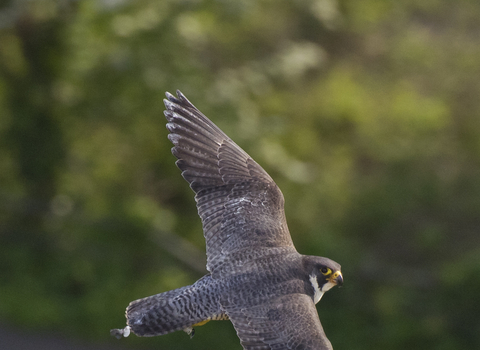New analysis of the Government’s White Paper, Planning for the Future, has revealed that, as they currently stand, the proposed reforms will increase the threat to nature in England and do little to create better homes and communities for wildlife and people.
Based on their analysis, The Wildlife Trusts are calling on the Government to commit to five principles to be applied to future planning which would ensure the reforms can address the climate and ecological crises and people’s need for nature around them. One of these principles would, for the first time, protect new land put into nature’s recovery. For this, The Wildlife Trusts propose a new protection mechanism called Wildbelt.
Craig Bennett, chief executive of The Wildlife Trusts, says:
“We’re in a climate and ecological crisis and we cannot afford to lose any more wildlife – we need a new Project Speed for nature. We must keep the environmental protections that we have – but even that is not enough. Protections must be strengthened, and the Government needs to take a big step towards helping nature to recover everywhere. The new planning reforms currently propose an algorithm-based system that’s dependent on non-existent data. That’s a system that will fail nature and lead to more loss.
“Evidence shows that healthy communities need nature and the government must map out a Nature Recovery Network across every one of their proposed zones, whether it’s a growth, renewal or protected area. We’re proposing five principles to ensure the planning system helps nature and we want to see a bold new designation which will protect new land that’s put into recovery - we’re calling this Wildbelt.”

